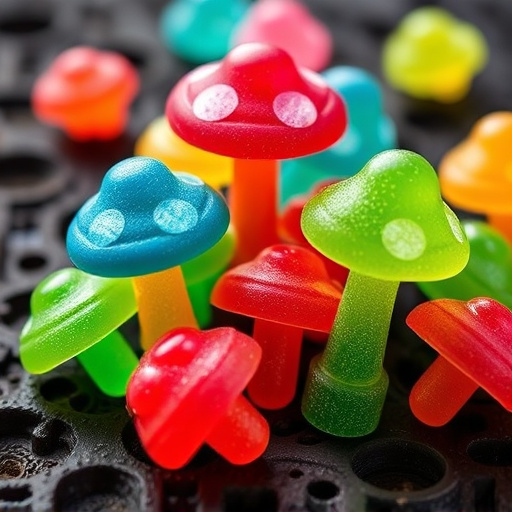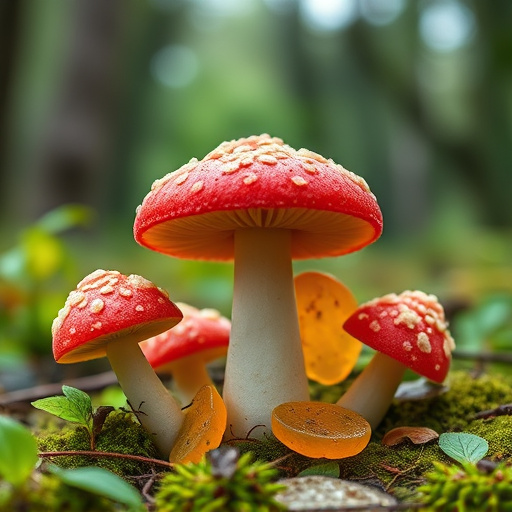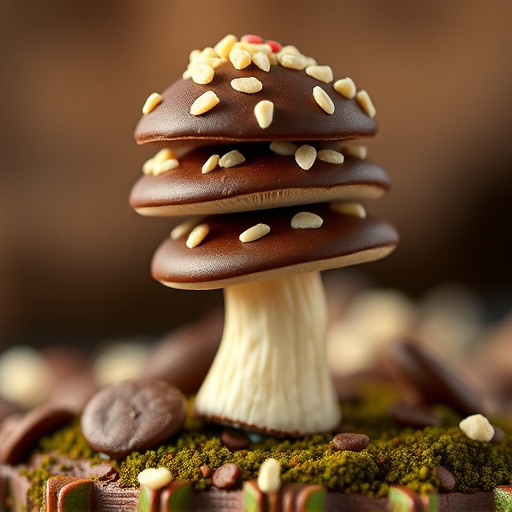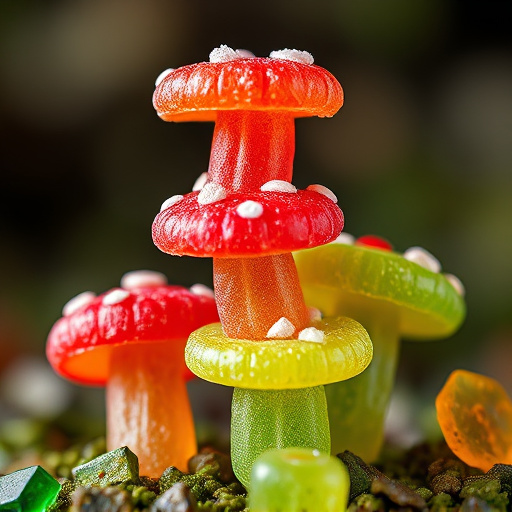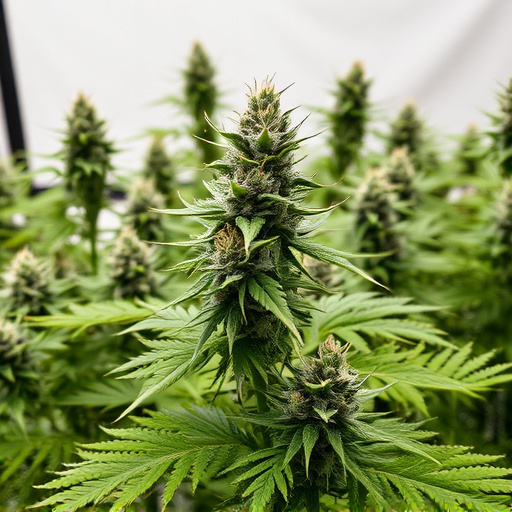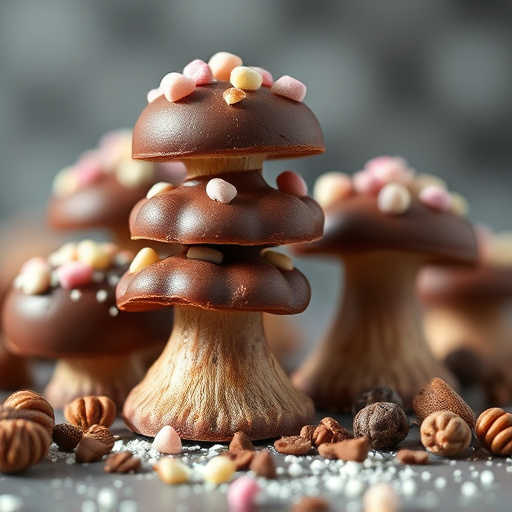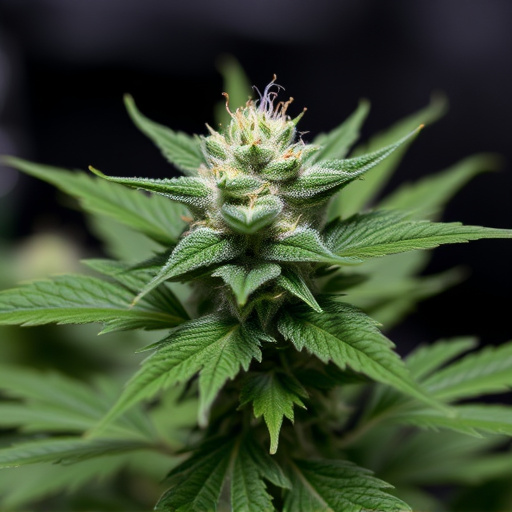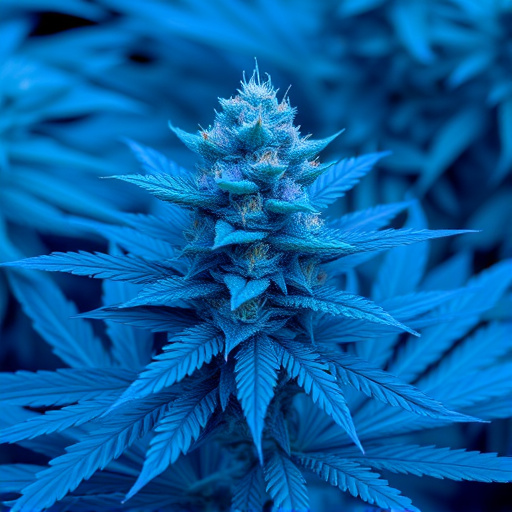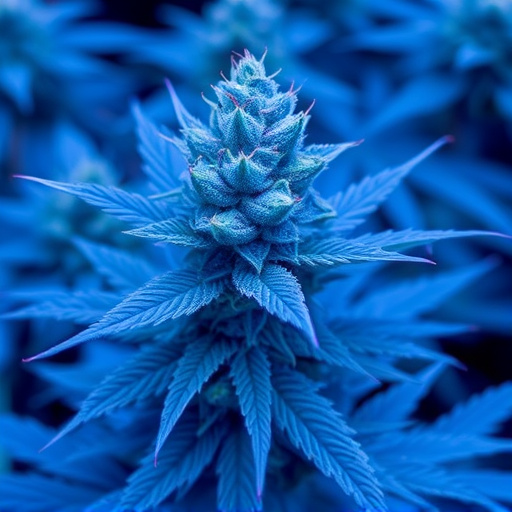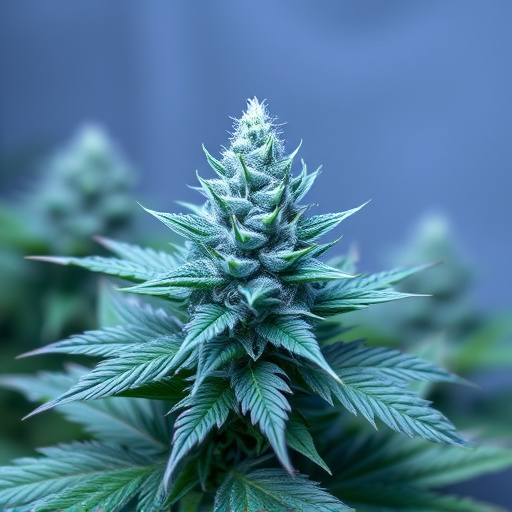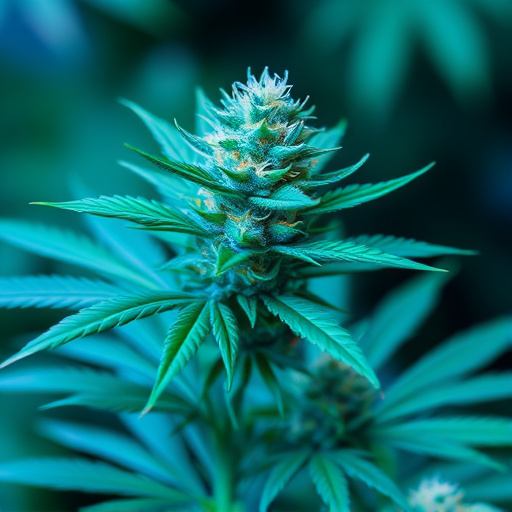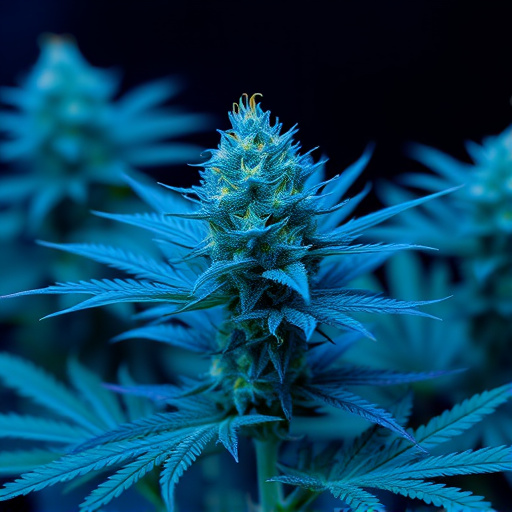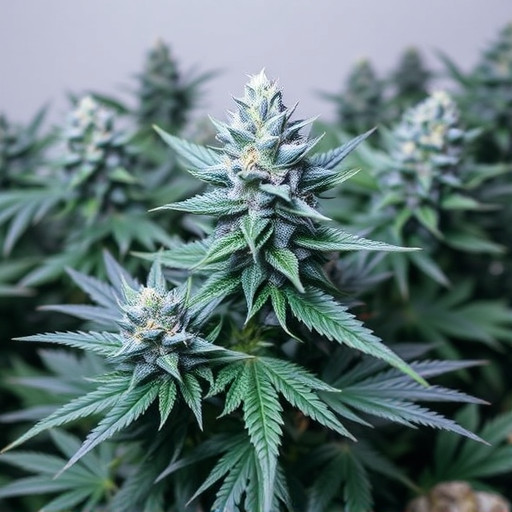Curing is essential for enhancing the flavour, aroma, and therapeutic benefits of blue cannabis strains, which are known for their high cannabichromene (CBC) content. This process involves hanging harvested flowers in a cool, dark, and well-ventilated area at a consistent temperature to prevent oxidation, maintain terpene production, and ensure optimal cannabinoid balance. Proper curing, lasting 4-6 weeks, intensifies the soothing properties of blue strains, making them more potent and effective for both recreational and medical users.
“Discover the art of cannabis curing and its surprising impact on potency, especially in the context of blue cannabis strains. This comprehensive guide explores how a meticulous curing process can enhance the therapeutic properties and overall experience of your bloom. From understanding the science behind it to mastering best practices, you’ll uncover secrets to unlocking optimal potency in your blue cannabis flowers. Dive into this exploration of natural cultivation methods for enhanced cannabis enjoyment.”
- Understanding Cannabis Curing and Its Effects on Potency
- The Science Behind Blue Cannabis Strains and Their Potential Benefits
- Best Practices for Curing Blue Cannabis Flowers for Optimal Potency
Understanding Cannabis Curing and Its Effects on Potency
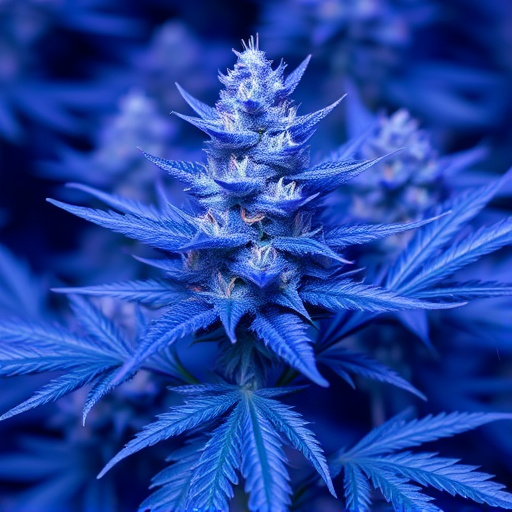
Cannabis curing is a process that involves drying and aging harvested flowers over a specific period to enhance their flavor, aroma, and potency. This practice is particularly crucial for blue cannabis strains, known for their unique terpene profiles and potential therapeutic benefits. During curing, the plant’s natural resins evaporate, leading to a more concentrated product with improved characteristics. The process mimics the natural aging of cannabis plants in nature, where time allows for chemical transformations that can significantly impact the final product.
For blue strains, curing can intensify their desirable properties, such as soothing pain and reducing inflammation. Proper curing methods ensure that cannabinoids like THC and CBD reach optimal levels, making the cannabis more potent and effective for various uses. This is especially important for growers and consumers who seek the highest quality and most impactful experiences from their blue cannabis strains.
The Science Behind Blue Cannabis Strains and Their Potential Benefits
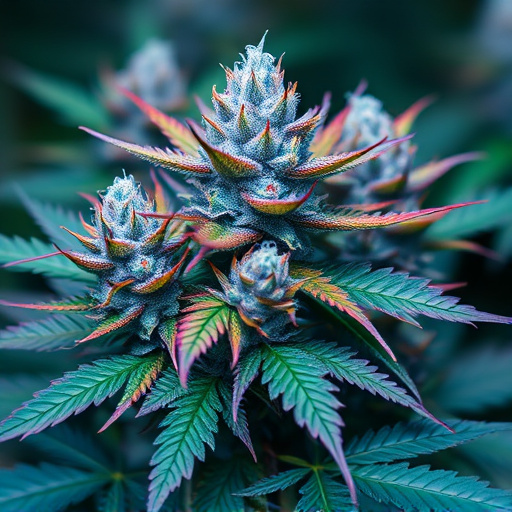
The science behind blue cannabis strains reveals a unique and fascinating aspect of this complex plant. Cannabis plants naturally produce a wide range of chemical compounds, including cannabinoids like THC and CBD, as well as terpenes, which contribute to its diverse effects and aromas. Blue strains are known for their distinct coloration, often attributed to higher levels of a specific cannabinoid called cannabichromene (CBC). CBC is non-psychoactive but possesses several potential therapeutic benefits. Research suggests that CBC may help alleviate inflammation, reduce anxiety, and even exhibit anti-cancer properties.
These blue strains have gained popularity among cannabis enthusiasts and medical users alike for their purported potency and unique effects. The potential benefits extend beyond CBC; some studies indicate that the interaction between various cannabinoids and terpenes in these strains could enhance overall plant potency and create a more balanced, pleasant experience. Understanding the science behind blue cannabis strains offers valuable insights into the complex world of cannabis, highlighting the importance of cultivation techniques and genetic diversity in maximizing both the therapeutic potential and sensory appeal of this remarkable plant.
Best Practices for Curing Blue Cannabis Flowers for Optimal Potency
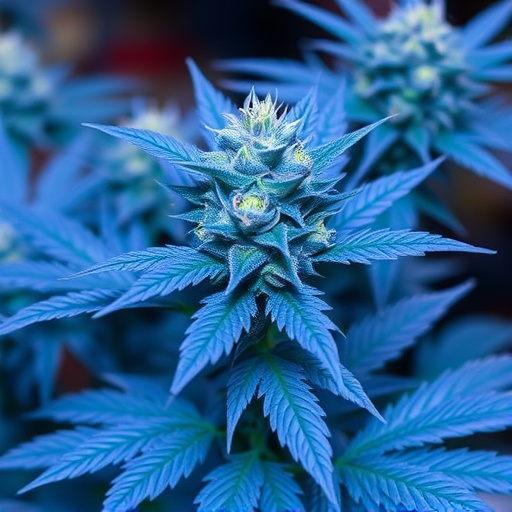
To achieve optimal potency, curing blue cannabis flowers requires careful consideration and best practices specific to this unique strain. The process involves a series of steps that allow the plant to fully express its chemical composition. Firstly, hang the cured flowers upside down in a cool, dark, and well-ventilated area to prevent oxidation and moisture buildup. This environment controls the speed of curing while minimizing degradation.
Secondly, maintain a consistent temperature between 55–65°F (13–18°C) throughout the curing period. This range optimizes terpene production and preserves the delicate balance of cannabinoids. Thirdly, check the flowers regularly, pressing gently to ensure they remain firm—a sign that the curing process is progressing well. Lastly, avoid rapid changes in humidity levels, as this can cause clumping or mold growth, ensuring a slow, steady cure for up to 4-6 weeks until the desired potency and flavor profile are reached.
In conclusion, curing plays a pivotal role in enhancing the potency of cannabis flowers, especially for blue cannabis strains known for their unique properties. By understanding the science behind this process and implementing best practices, cultivators can unlock the full potential of these plants. This ensures not only higher concentrations of cannabinoids but also improves the overall quality and effectiveness of blue cannabis products, catering to consumers seeking optimal experiences.
